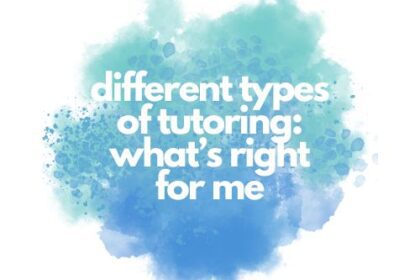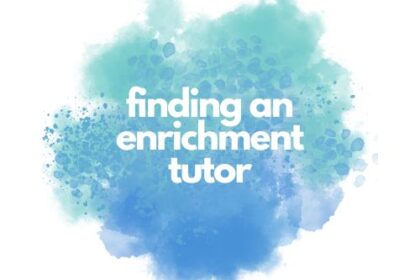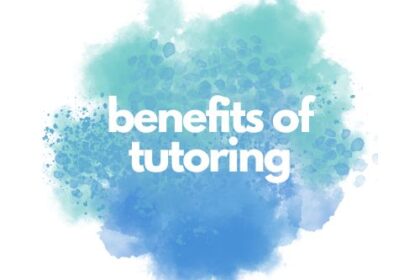Struggling students sometimes stick out. But they sometimes blend in. Whether you’re a teacher looking for a student or a parent wondering about your kiddo, here’s a quick guide on how to spot a struggling student.
Obvious Signs of a Struggling Student
Easily Frustrated. Struggling students get easily frustrated because they don’t get it. And often, they don’t know how to ask for help.
No Motivation. A student who has no desire to seek out knowledge, read even high-interest books, participate in class discussions, etc. is a student who may be struggling. This can be rooted in academics as well as emotion.
Off-Task Behavior. If a student is lost on a concept, they’re bored. That means they’ll seek out ways to stop being bored…even if it means getting in trouble. This can look like a class clown or a doodler, as well as other versions of off-task behavior.
Incomplete Work. A struggling student drudges through assignments. It’s almost a real-time demonstration of the struggle that’s happening inside their brain.
Defiant, Insubordinate Behavior. Similar to off-task behavior, a struggling student might be so frustrated that they don’t know how to express it. This can often lead to defiant, insubordinate behavior. This might look like talking over classmates, worrying about what other students are doing, or arguing with you.
Less Obvious Signs of Struggle
An Overall Lack of Sharing. If you have a student who isn’t sharing about life at school (like in a specials class, at lunch, or recess), that could indicate a struggle.
Physical Symptoms around One Topic or Thing. In the past, I’ve had a student who got stomachaches every single day around his math block. Struggle can lead to anxiety, which often manifests itself as digestive issues (just Google the gut-brain axis).
Strategies to Support Your Struggling Student
Find things that are high-interest to encourage practice at home. Dogman is popular with my 3rd graders who are struggling with reading. Stranger Things and Tik Tok are popular with my 4th graders. While I may not recommend the latter two as a teacher, I can leverage the style of Tik Tok to create summaries. Or I can use the Upside Down as a descriptive writing lesson on figurative language.
If you think it would help, recommend a tutor (locally, in-person or online) for your student. As a teacher/tutor, I can tell you that I put just as much prep time into my tutoring lessons as I do into my classroom. I imagine that most teachers who also tutor do. If you’re interested in my tutoring services, please see this page.
Ask if it’s academic or if it’s a sensory thing. Did you know that sensory overload can appear as a struggling student acting out? And a lack of sensory input can manifest as uninterest. Head to this article (or listen to the embedded podcast episode) from The Cult of Pedagogy for more on multisensory learning. It’s an absolutely fascinating area of research that we should be applying to our classrooms.
Advocate for your student. Whether you’re a parent or a teacher, students need us to root for them and advocate for their needs. Don’t be afraid to do so!





